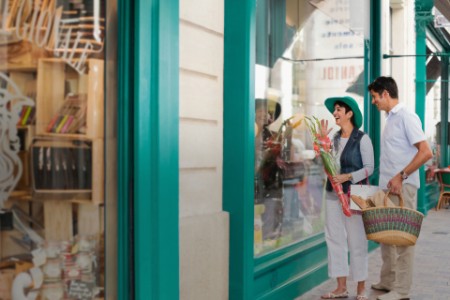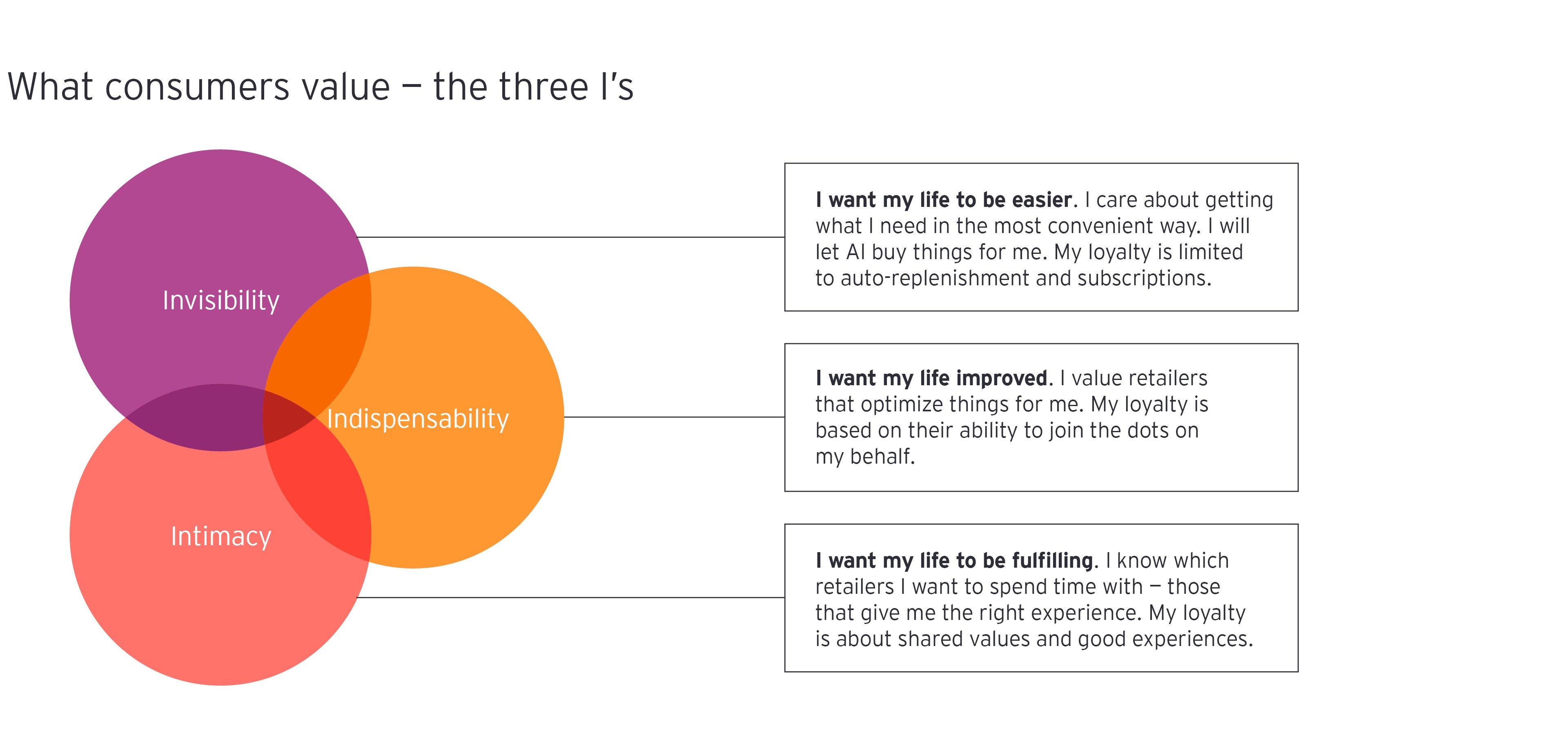The three I’s that will shape future retail value propositions
The lessons that can shape the future of retail lie in three distinct areas. The first remains in the past, with retailers needing to understand what made them relevant in the first place. From the marketplaces of ancient civilization to the mom-and-pop stores that once served local neighborhoods, retail has historically been more than just a place to shop. Stores and markets served as community hubs for social interaction and local events. Shopkeepers knew their customers by name and enjoyed a level of intimacy that today’s mass market retailers struggle to replicate.
The second lies with the level of expectation conferred by innovation and the rapid development of technology platforms. Users of video-streaming channels have come to expect picking up where they left off on any device, in any location, at any time. Consumers expect to find what they want, whenever they want it, whether using search engines to quickly gather information, or ordering products within a 30-minute delivery slot. These expectations of convenience make the provider of the service almost invisible to the consumer, who only sees what they want, when they want it, wherever they are.
The third area comes from the blurring of boundaries between different areas of consumer need, which is driving convergence between sectors and leading to the emergence of new service models. For example, if someone wants to lead a healthier life, they might look to eat and drink better, exercise more, take dietary supplements, seek health advice and monitor their progress. Individually many of these things are found in different places but providing all of them as one service would make that service provider indispensable to the customer by holistically solving a distinct area of consumer need.
Collectively, these three I’s will shape the successful retail value propositions of the future by enabling them to differentiate their offering and provide tangible benefits and value back to the consumer:
- Invisibility — retailers can make consumers’ lives easier by providing them with the products they need when and where they need them, smoothly and seamlessly, making the transaction a process that they’re barely aware of.
- Indispensability — retailers can make consumer lives better by providing them with bundled products and services that can solve areas of holistic need using an ecosystem of partners that make the transaction part of a service to improve their lifestyles.
- Intimacy — retailers can make consumer lives more fulfilling by providing them with experiences that resonate with them, reflecting their core values, and making the transaction secondary to the services they provide.



